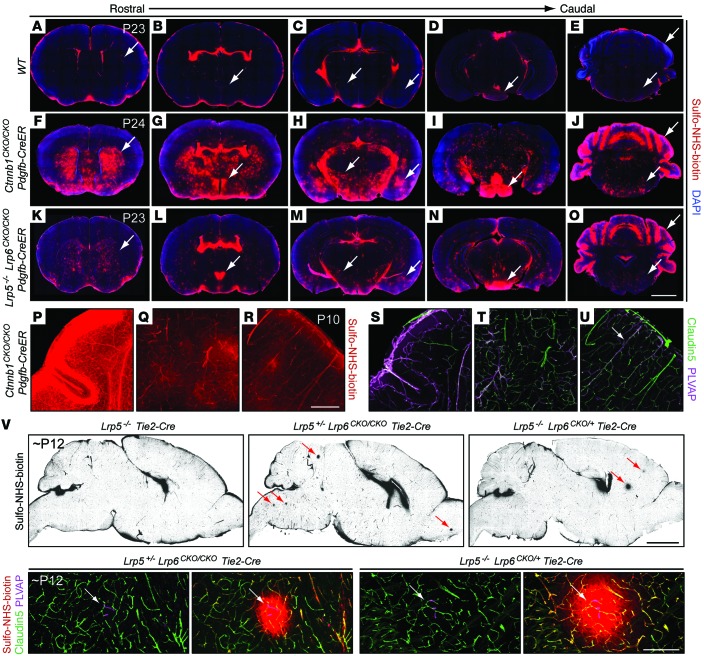Figure 2. Effects of eliminating Ctnnb1 or Lrp5 and Lrp6 postnatally in ECs.
(A–O) Sulfo-NHS-biotin leakage in coronal sections from WT, Lrp5–/– Lrp6CKO/CKO Pdgfb-CreER, and Ctnnb1CKO/CKO Pdgfb-CreER brains at P23–P24, following 600 μg 4HT at P15 or 200 μg 4HT at P16. Leakage is seen around the choroid plexus, meninges, and ventral hypothalamus in all 3. In the Lrp5–/– Lrp6CKO/CKO Pdgfb-CreER and Ctnnb1CKO/CKO Pdgfb-CreER brains, scattered sites of leakage are seen in ventral cortex, striatum, thalamus, paraventricular hypothalamus, pons, brainstem, and cerebellum (arrows). Scale bar: 2 mm. (P–U) Sulfo-NHS-biotin leakage in a Ctnnb1CKO/CKO Pdgfb-CreER brain at P10, following 200 μg 4HT at P7. Leakage and PLVAP and Claudin5 immunostaining are shown in paired images from cerebellum (left panels), thalamus (center panels), and cortex (right panels). Leakage was most prominent in the cerebellum, with scattered sites of leakage in cortex and anterior thalamus. The conversion of ECs from PLVAP–Claudin5+ to PLVAP+Claudin5+ or PLVAP+Claudin5– roughly correlates with sites of leakage. Arrow in U points to a vessel that expresses PLVAP. Scale bar: 200 μm. (V) Sulfo-NHS-biotin leakage in P12 (approximately) Lrp5–/– Tie2-Cre (control), Lrp5+/– Lrp6CKO/CKO Tie2-Cre, and Lrp5–/– Lrp6CKO/+ Tie2-Cre brains. There is no detectable leakage in Lrp5–/– Tie2-Cre brains (upper left) and there are rare foci of leakage (red arrows) in Lrp5+/– Lrp6CKO/CKO Tie2-Cre and Lrp5–/– Lrp6CKO/+ Tie2-Cre brains (upper panels, center and right). Lower panels show rare foci of sulfo-NHS-biotin leakage are centered on small clusters of ECs that have converted to PLVAP+Claudin5– (arrows). In the left member of each image pair, the sulfo-NHS-biotin channel has been omitted. Scale bars: 2 mm (upper panels); 200 μm (lower panels).

